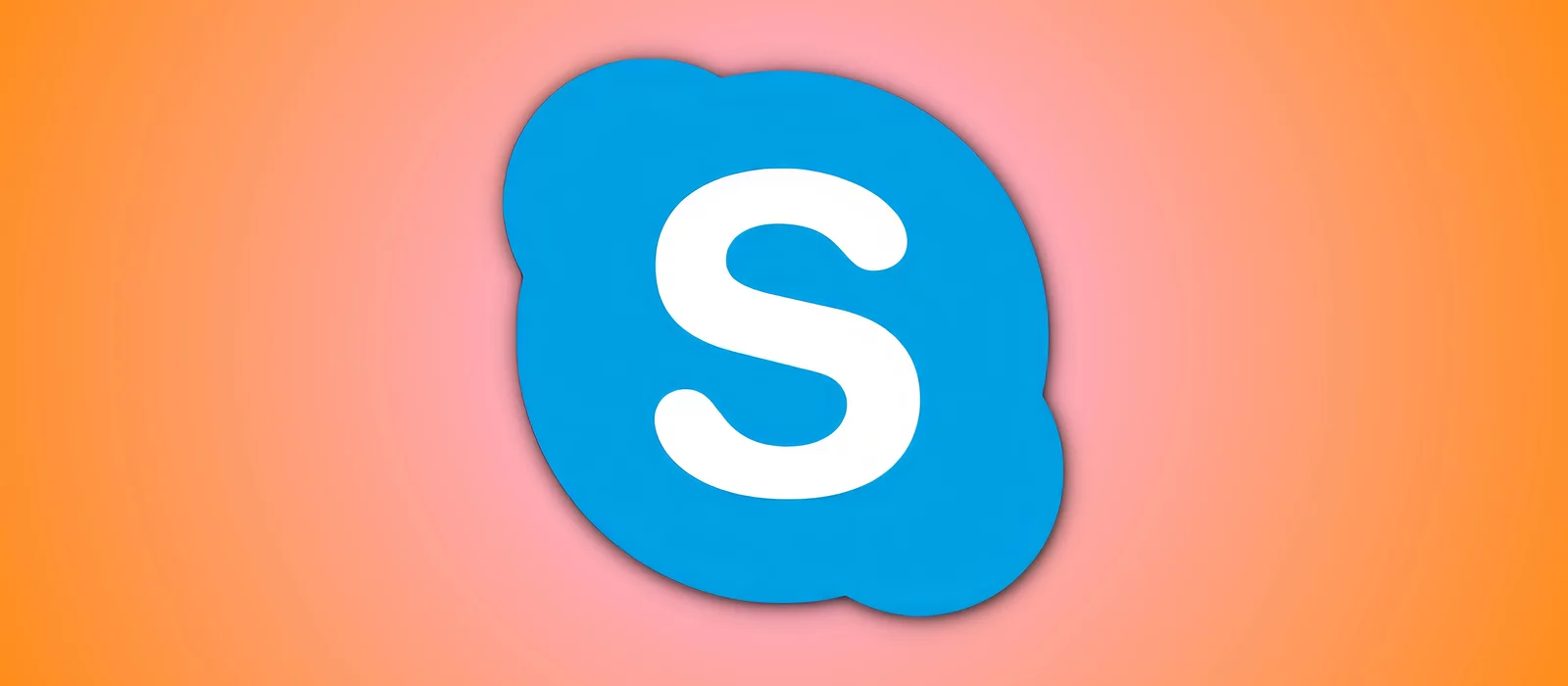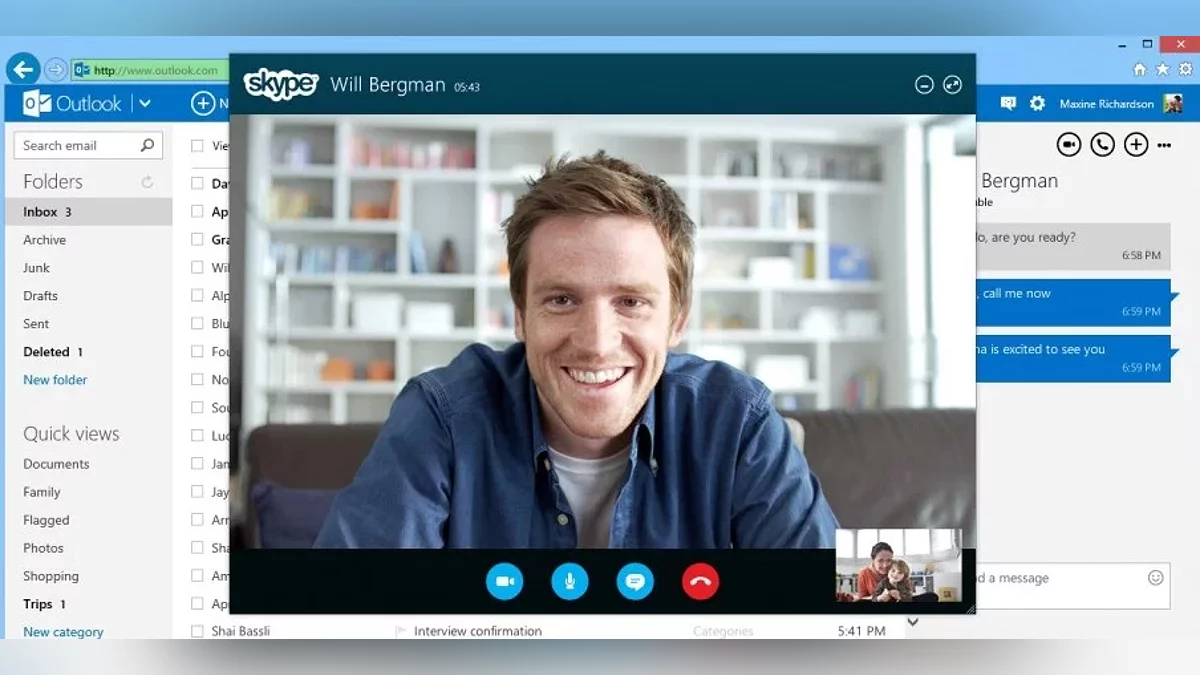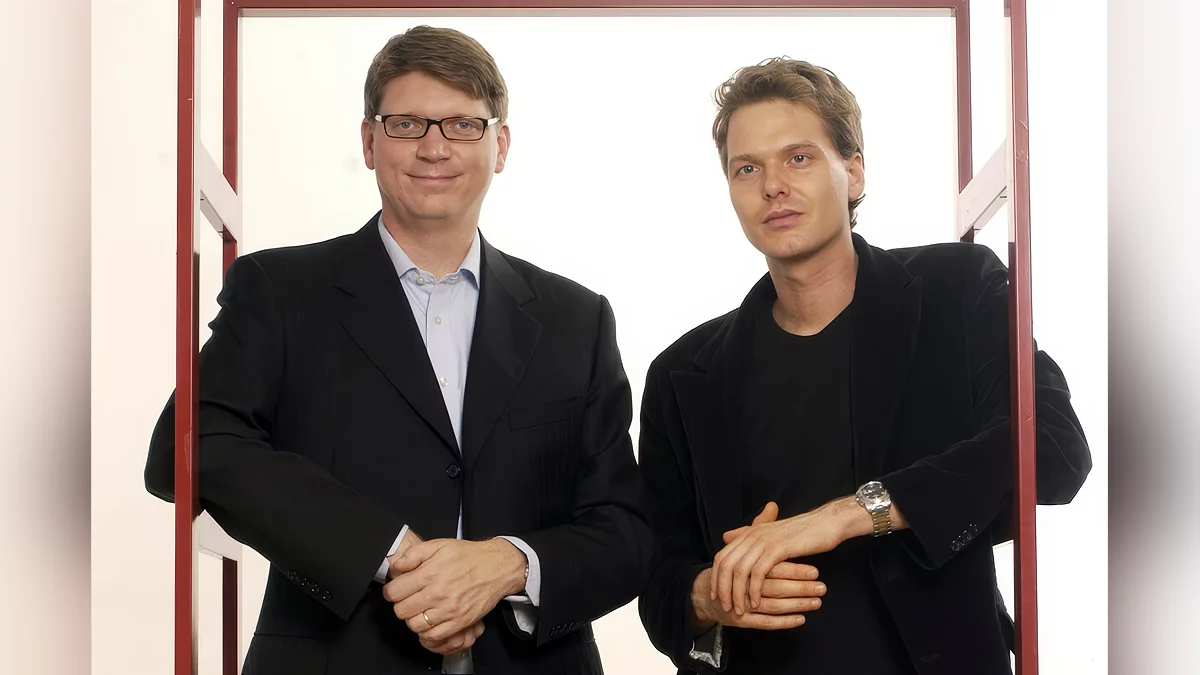A Brief History of Skype — From the Birth of the Idea to the Closure of the Messenger

On February 28, Microsoft announced that Skype would stop working in May. This news did not come as a shock to users, since many of them have been using other services for a long time. We decided to recall how this messenger developed, and why they eventually decided to abandon it.
The emergence of Skype and its development before the deal with eBay (2003-2005)
Skype was invented by programmers Janus Friis and Niklas Zennström with the participation of Priit Kasesalu, Jaan Tallinn and Ahti Heinla. They had previously worked on the Everyday entertainment service for the Swedish company Tele2, but it was unsuccessful. Later, they released the Kazaa program, which allows you to transfer files from one user to another, bypassing an intermediate server. It used P2P technology. This function formed the basis of Skype, which allowed voice communication over the Internet. It was launched in September 2003. Version 1.2 introduced an answering machine and phone number binding, and Skype 1.3 added the ability to leave messages for other people.
But the main advantages of Skype are easy registration, a simple interface, high-quality sound and the ability to call anywhere in the world absolutely free of charge. In the first 18 months, the number of subscribers exceeded 35 million people. Already in 2005, large companies began to take an interest in the service.
How do you communicate online with friends and colleagues?
Skype under eBay control (2005-2011)
In October 2005, a deal was concluded to sell Skype Limited to eBay, a company that conducts online auctions. It is surprising that this acquisition cost 2.5 billion dollars, although the messenger's annual income did not exceed 100 million. Apparently, eBay management saw the potential in Skype for making purchases and sales using voice messages and calls. However, this initiative did not bring the desired result. Already in 2009, there was talk of selling the technology to another large corporation. Among the contenders were Google, Cisco Systems and Facebook (an organization banned in Russia, which is recognized as extremist). But in the end, Skype Limited was acquired by Microsoft. The company paid 8.5 billion dollars for the rights to this messenger.
It is important to note that Skype was rapidly developing between 2005 and 2011. For example, in January 2006, a video call function was added, and a year later, users were able to send SMS messages and organize conferences with multiple people. In addition, the messenger was released on mobile devices based on iOS and Android, as well as on the PlayStation Portable and the Linux operating system.
A negative aspect is the conflict with copyright holders. In 2009, Janus Friis and Niklas Zennström sued eBay. They accused the company of violating the license agreement. The case ended with reconciliation of the parties. As compensation, the creators of Skype received 14% of the shares of Skype Limited.

Skype as part of the Microsoft ecosystem (2011-2025)
After acquiring Skype, Microsoft began to actively implement this technology in its projects. Support for Windows 8 and Windows Phone, which were relevant at that time, integration with the Outlook Express mail service, and later with the Cortana virtual voice assistant appeared. Interaction with other platforms expanded, for example, Facebook (an organization banned in Russia, which is recognized as extremist), where video chat appeared thanks to Skype.
Among the major innovations, one can note the appearance in 2014 of Skype TX, a special version of the program that is focused on broadcasting radio stations and television.
At the same time, the first problems began. The transition to cloud technologies and numerous updates led to the fact that the Skype interface ceased to be convenient. In addition, obvious problems with the connection began. Many users began to switch to other messengers, such as Telegram and Zoom.
At the same time, Microsoft was developing other applications focused on text, voice and video communication between users. In November 2016, Teams was launched, which was distributed as part of the Office 365 package. This service turned out to be much more convenient than Skype, especially when it came to business meetings. In addition, it hasgained immense popularity in 2020 during the COVID-19 pandemic, when many companies and educational institutions switched to remote work. In the summer of 2023, its functionality was expanded due to the capabilities of neural networks.
It was Microsoft Teams that eventually replaced Skype. On July 31, 2021, the messenger's business functions were disabled, and in May 2025, its support will cease.
***
Have you used Skype? Or did you prefer other programs for communication? Share your opinions in the comments!
Have you used Skype for communication or work?



